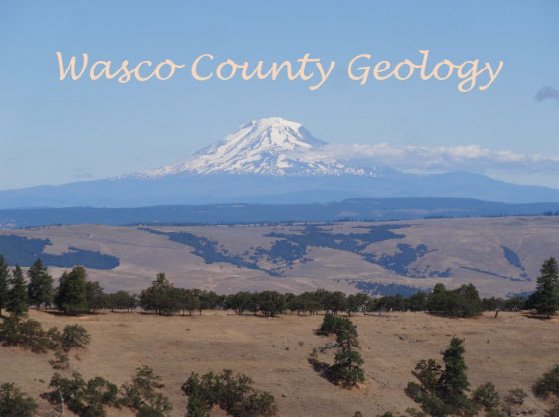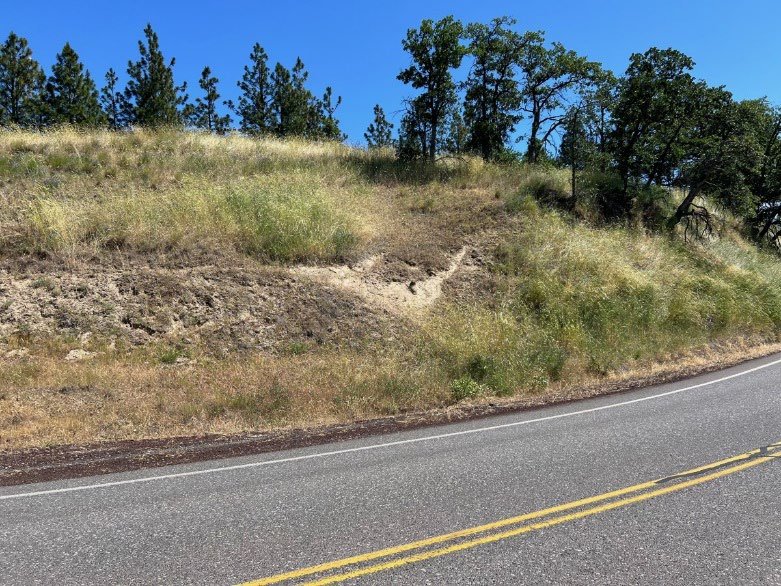Do we need this Aggradation?
/Synopsis of GSOC Friday night lecture, January 10, 2014, “Acute Sedimentation Response to Rainfall Following the Explosive Phase of the 2008-2009 Eruptionof Chaitén Volcano, Chile” by Dr. Thomas C. Pierson, Hydrologist,USGS Cascades Volcano Observatory,Vancouver, Washington.
by Carol S. Hasenberg
Tom Pierson’s talk to GSOC focused on his study of the aggradation and erosion of volcanic sediment that occurred in the Rio Chaiten valley as a result of the December 2008 and February 2009 eruptions of the Chaiten volcano in the southern region of Chile. Pierson, who has worked at the USGS Cascades Volcano Observatory since 1981, has traveled the Pacific rim studying hydrologic and geomorphic responses to volcanic eruptions.
Chaiten began an eruptive phase in May of 2008. The Chaiten eruption was notable for two things – the speed at which the movement of ash and rocks took place, and the rhyolitic character of the magma, which has been rare in the past century. The character of the ash that fell around the volcano was important in that the fine-grained material effectively paved over the watershed of the Rio Chaiten, which flows 10 km down from the volcano to the town of Chaiten and the Bahia Chaiten (Chaiten Bay), adding runoff to the river’s flows. The volcano produced about as much material as Mt. St. Helens. In February 2009 the dome experienced a partial collapse which sent a large debris flow down the Rio Chaiten and inundating the town with sediment. The flow was up to 8 meters thick.
The climate of the area is extremely rainy and there is no distinct dry season. Coupled with a fast extrusion rate for lava produced by the volcano, the speed of the build-up and erosion of sediment was much faster here than previously studied. Pierson compared the 3 year cycle of the process at Chaiten with the 100 years it took the Sandy River to do a similar cycle after the last eruption of Mt. Hood. Peak annual sediment yield for the Rio Chaiten was the largest ever measured.
The damage done to the town was extensive but not complete. Houses filled with sediment but were not destroyed. Streets became channels for the flow of water and debris. As time passed, braided channels formed in the streets; new channels widened, created waterfalls into the bay, and eroded away homes. The sediment yield rate was computed by measuring the growth of the sediment delta in the bay.
The study of human society interacting with the volcanic damage was interesting to observe as well. The residents of the town were evacuated during the eruption and inundation of the town. After the inundation scientists found evidence that eruptions of this volcano occur on the average of 400 years and that the town is built on a delta of sediment produced by the eruptions. (Previously it was thought that the volcano had not erupted in 9000 years.) The government of Chile tried to persuade the town residents that it would be foolish to rebuild the town on the current site and make them move the town to a new location north of the delta. Many of the residents, whose livelihood depends on salmon farming and adventure tourism, would have nothing to do with that. So the human cycle will repeat as well as the natural cycle.
























































